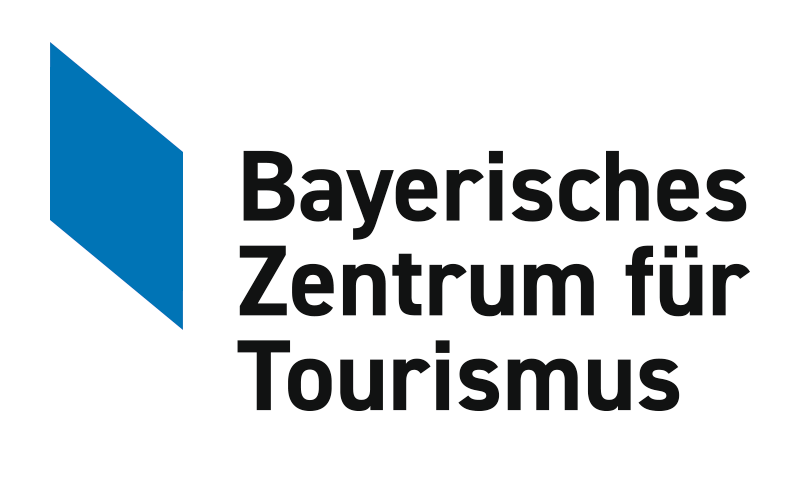Micro-level assessment of regional and local disaster impacts in tourist destinations
The tourism sector faces severe challenges due to the economic impacts from changing natural environments as seen with the increased frequency of natural disasters. Therefore, analyses of disaster impacts models are necessary for managing successful tourism recovery. Typically, disaster assessments are conducted on a countrywide level, which can lead to imbalanced recovery processes, and a distorted distribution of recovery financing or subsidies. We address the challenges of recovery using the tourism disaster management framework by Faulkner. To calculate precise damage assessments, we develop a micro-level assessment model to analyze and understand disaster impacts at the micro-level supporting tourism recovery in an affected destination. We examine economic consequences of a disaster at a small regional scale arguing recovery from a natural disaster is more difficult in individual areas because of differences in geographic location or infrastructure development. The island of Dominica is chosen as an example for the model using statistical data from the tourism sector to outline and detail the consequences of a disaster specifically for communities. The results highlight the importance of damage assessments on a small-scale level, such as communities in order to distinguish between individual regions facing severe changes for resident livelihoods and the local tourism sector. We argue that only after identifying regional impacts it is possible to apply adequate governmental subsidies and development strategies for a country’s tourism sector and residents in a continuously changing environment in the hopes of mitigating future financial losses and future climate change impacts.
